Market Demand Analysis for Tea Cup Machine
Introduction
The demand for tea cup machines has been steadily increasing due to the growing popularity of tea consumption worldwide. In this market demand analysis, we will delve into the factors influencing the demand for tea cup machines and explore the current trends and future prospects in the industry.
Global Trends in Tea Consumption
The global trend of increased tea consumption has significantly contributed to the rising demand for tea cup machines. With a shift towards healthier lifestyles and the growing awareness of the health benefits of tea, consumers are increasingly turning to tea as their beverage of choice. This shift has led to a surge in the demand for convenient and efficient tea brewing solutions, thereby driving the demand for tea cup machines.
Technological Advancements
Technological advancements in tea cup machine designs have played a pivotal role in driving market demand. The introduction of advanced features such as programmable brewing options, automatic steeping, and customizable settings has attracted both commercial enterprises and individual consumers. These innovations have not only enhanced the efficiency and convenience of tea preparation but have also spurred the replacement of traditional brewing methods with modern tea cup machines.
Market Segmentation
The market demand for tea cup machines can be segmented based on various factors such as product type, distribution channels, and end-user applications. Understanding these segments is crucial for manufacturers and marketers to tailor their products and strategies to meet the diverse needs of the market. For instance, the demand for single-serve tea cup machines is driven by the convenience they offer to individual consumers, while commercial-grade machines cater to the needs of cafes, restaurants, and offices.
Impact of Consumer Preferences
Consumer preferences for different types of tea, such as green tea, black tea, herbal tea, and specialty blends, directly influence the demand for tea cup machines. Manufacturers need to adapt to these preferences by offering versatile machines capable of accommodating various tea varieties and brewing methods. Additionally, the demand for environmentally sustainable and recyclable tea cups has also influenced the market, prompting manufacturers to develop eco-friendly solutions that align with consumer values.
Regional Market Dynamics
The demand for tea cup machines varies across different regions, driven by cultural, economic, and demographic factors. For instance, regions with a strong tea-drinking culture, such as parts of Asia and the Middle East, exhibit a high demand for tea cup machines. In contrast, regions with a burgeoning coffee culture may experience slower initial adoption but show potential for growth as tea gains popularity. Understanding these regional dynamics is crucial for market expansion and targeted marketing efforts.
Competitive Landscape
The competitive landscape of the tea cup machine market is characterized by the presence of both established players and emerging startups. Market leaders differentiate themselves through product innovation, quality, brand reputation, and after-sales support. Emerging players often focus on niche segments or disruptive technologies to gain a foothold in the market. Understanding the competitive landscape is essential for businesses to identify opportunities for collaboration, differentiation, and market positioning.
Future Outlook
Looking ahead, the market demand for tea cup machines is poised for continued growth, driven by factors such as evolving consumer preferences, technological advancements, and expanding tea consumption worldwide. Manufacturers are expected to focus on incorporating smart features, IoT connectivity, and sustainability initiatives to stay competitive in the market. Additionally, strategic partnerships, market expansion into untapped regions, and diversification of product offerings will play a crucial role in shaping the future landscape of the tea cup machine industry.
Conclusion
In conclusion, the market demand for tea cup machines is intricately linked to global tea consumption trends, technological innovations, consumer preferences, regional dynamics, and the competitive landscape. By understanding these factors and anticipating future developments, businesses can effectively position themselves to capitalize on the growing demand for tea cup machines and drive innovation within the industry.
```




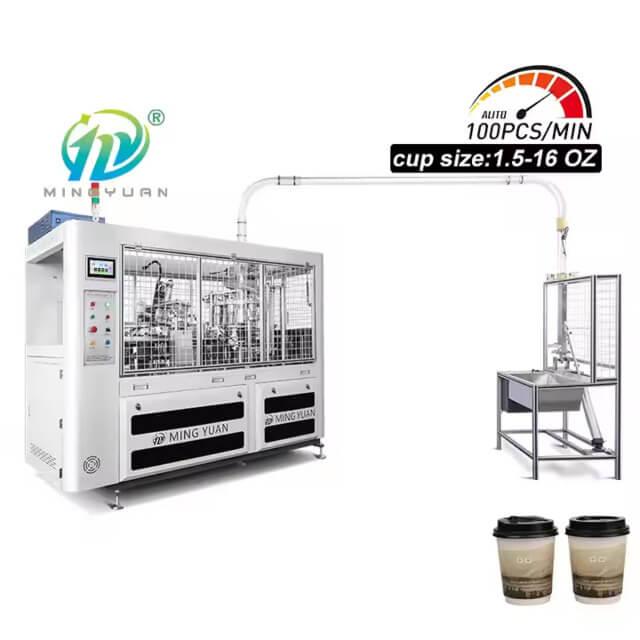

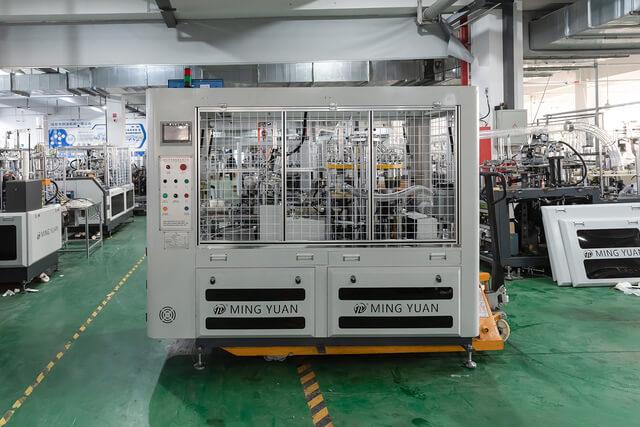
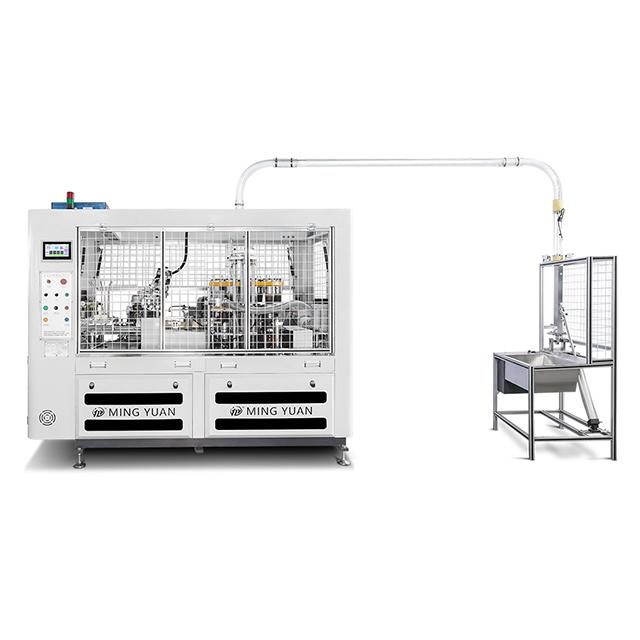
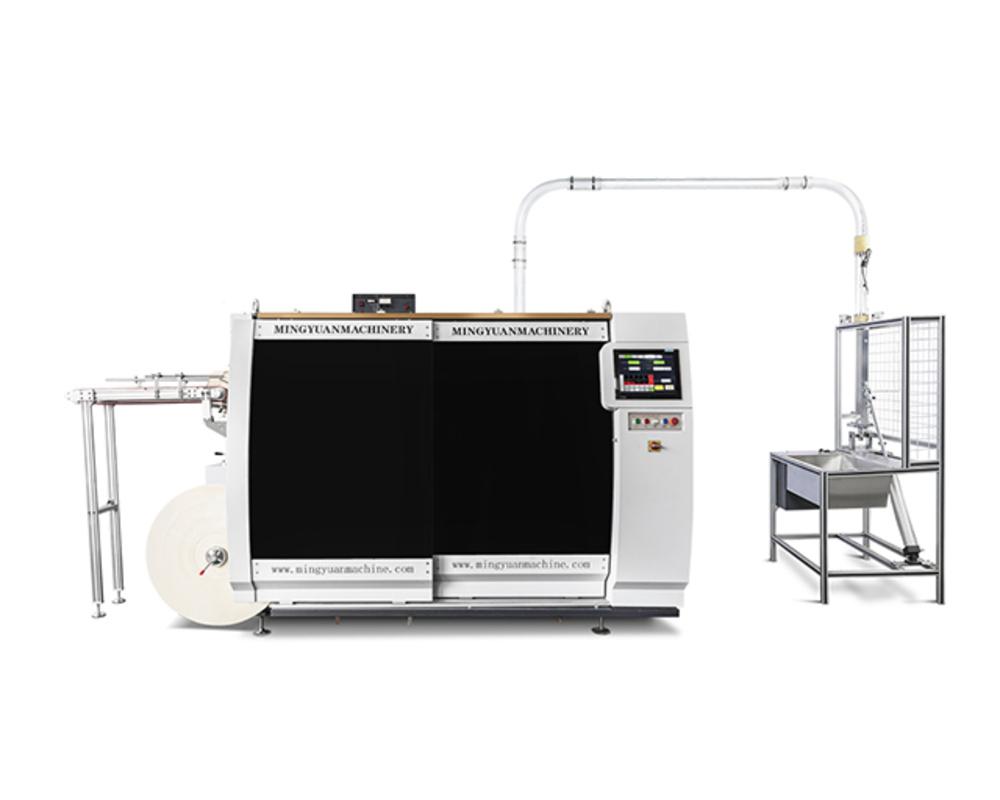
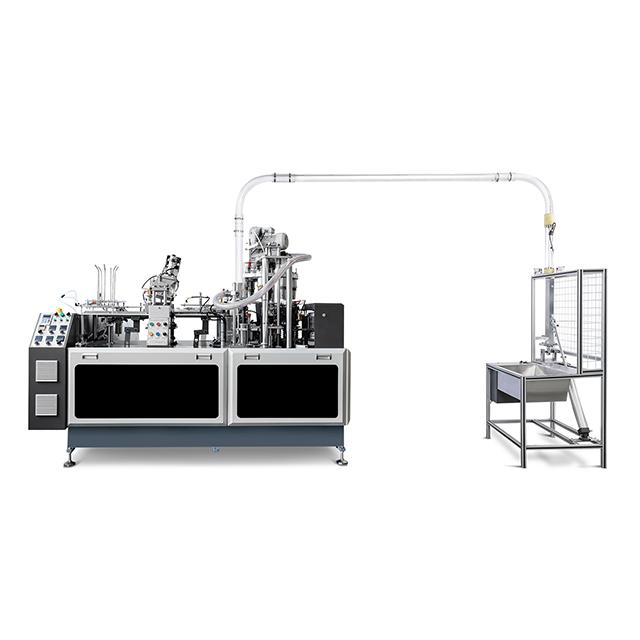


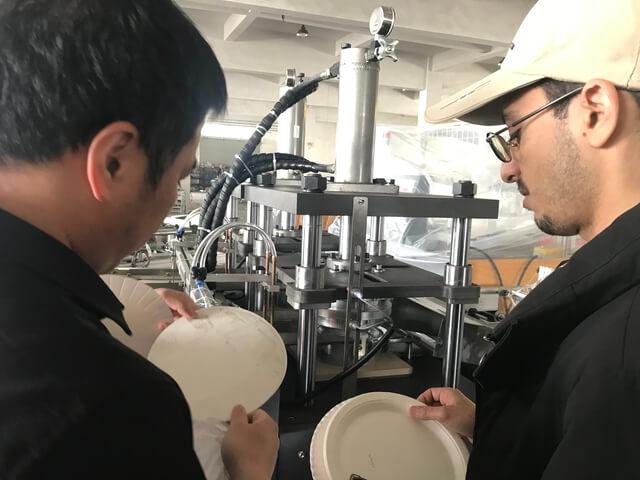
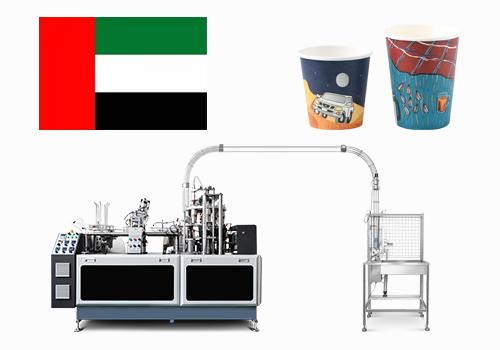
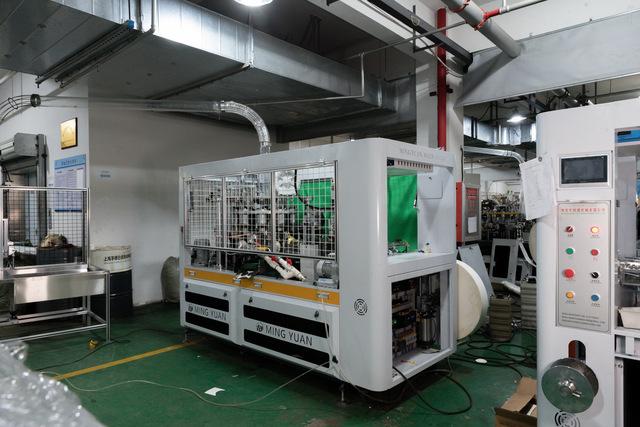

 Tel: +86-19057361870 / +86 577 65567060
Tel: +86-19057361870 / +86 577 65567060  Email: paperproductwholesaler@gmail.com
Email: paperproductwholesaler@gmail.com MP/WhatsApp: +86-19057361870
MP/WhatsApp: +86-19057361870 Manufacturer Address:No.1588, Huaming Road, Feiyun Street,Ruian City Zhejiang Province -325200 China
Manufacturer Address:No.1588, Huaming Road, Feiyun Street,Ruian City Zhejiang Province -325200 China




